How to Scale a Small Business: 3 Things That Held Us Back (And What We Did About It)
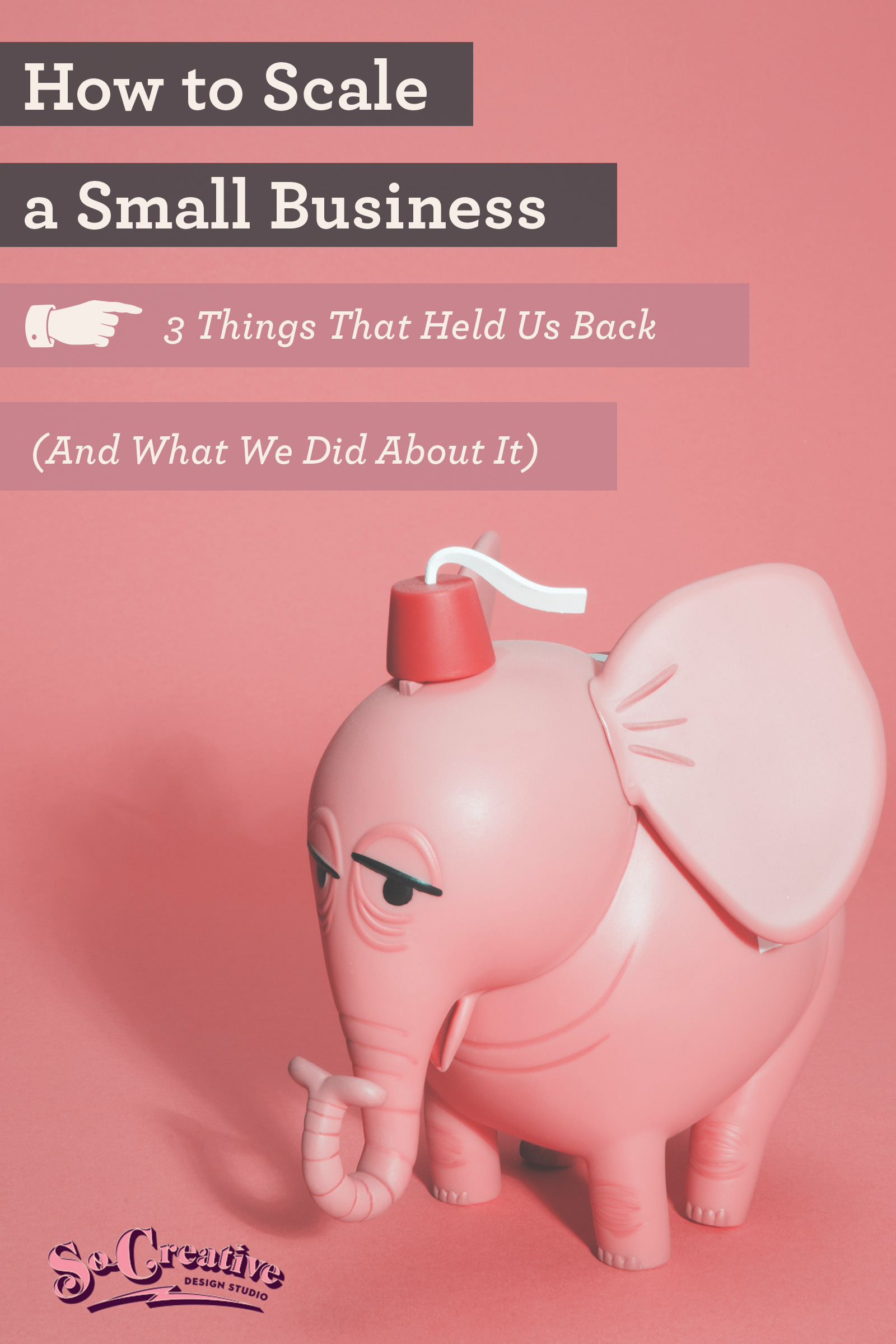
Is there a manual out there on how to scale a small business? For the longest time, we looked. But everything we read either didn’t apply to the type of business we want to run or it had just one piece of a much bigger pie.
For us, online courses, digital downloads, and print-on-demand all sounded like magical ways to scale. But when we started, we weren’t interested in that and for now, we still aren’t.
We were interested in scaling our business with what we do best- serving clients through brand strategy and identity design.
Three major factors set us back, but we fixed them. Here’s how.
1. Having mentors that weren’t doing the kind of work we wanted to do.
The Problem:
In our first years of business, we were taking advice from everyone.
We read books, took courses, and tried more frameworks and systems than you can imagine.
Not only did this leave us scattered and without our own unique way of doing business, we were also listening to people that weren’t at a place in their business that we wanted to be.
Not that these mentors didn’t provide value and weren’t successful in their own way.
But there comes a point when you realize that if you want to land five-figure design deals, you need to start listening to people that have landed five-figure (and six-figure) design deals.
For us, we found that learning from those that had made a couple of grand from a service and then went on to sell courses and digital products in addition to the service wasn’t the type of work we wanted to do.
And even sticking to the StoryBrand framework was holding us back. Yes- we use the framework with our clients, but we’re designers first, and the founder of StoryBrand, Donald Miller, has gone on the record to say design isn’t that important. He obviously can’t be our sole mentor with a position that contradicts our own beliefs of the value of design in business (even through everything StoryBrand does is highly branded).
We knew that to reach our goals (both in the types of clients we serve and the amount of money we bring in) we needed to start listening to people who had experience doing this kind of work.
What We Did About It:
It all started with an Instagram ad.
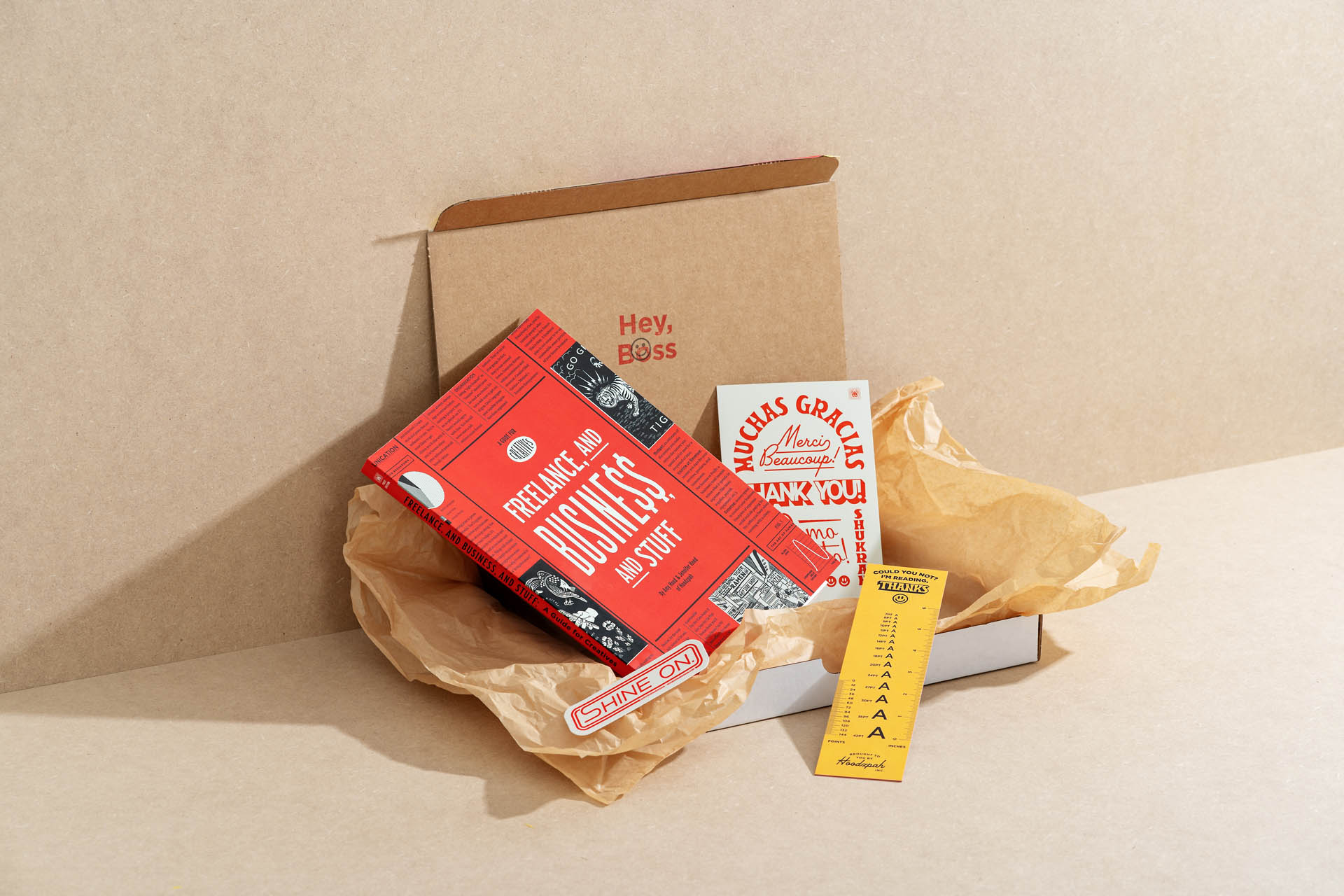
We saw Freelance, and Business, and Stuff pop up in our feed and we were immediately interested once we saw that it was written by Amy and Jennifer Hood of Hoodzpah Designs.
They’re landing interesting clients and doing fun work.
They basically wrote the “how to scale a small business” manual for creatives.
After reading and implementing parts of the book (yes- you must implement), we took to YouTube and found their interview on The Futur with Chris Do.
This was the beginning of how we turned our business around.
The Futur is a goldmine. If you’re in the design world, they’ll tell you how to scale a small business and then some.
Not only is it run by the founder of Blind (they’ve made tons and work with some pretty great brands) they have more resources than you can imagine to help you scale.
With the help from Hoodzpah Design and The Futur, mentors that are doing the type of work we hope to do in the future, we signed our first five-figure design deal and met 75% of our income goal for 2020 by January 17. You can’t make up stats like that.
And we’re not done. We’ve got so much more to implement, including becoming a certified Brand Specialist from Level C in April, on the recommendation of Chris Do, of course.
How to Apply This to Your Business:
Look at who you’re paying attention to.
Yes- they may be successful, but is their success the kind of success you want?
Are they doing the type of work you want, living the type of life you want, and making the type of money you want to make?
Choose your mentors wisely. Just because someone has a fool-proof system to success, it might not be the kind of success you want.
But an even bigger takeaway?
You’ve got to do the work. We didn’t just watch a video on improving our workflow and leveling up our design process with Stylescapes from courses we bought from The Futur*, we put in the work.
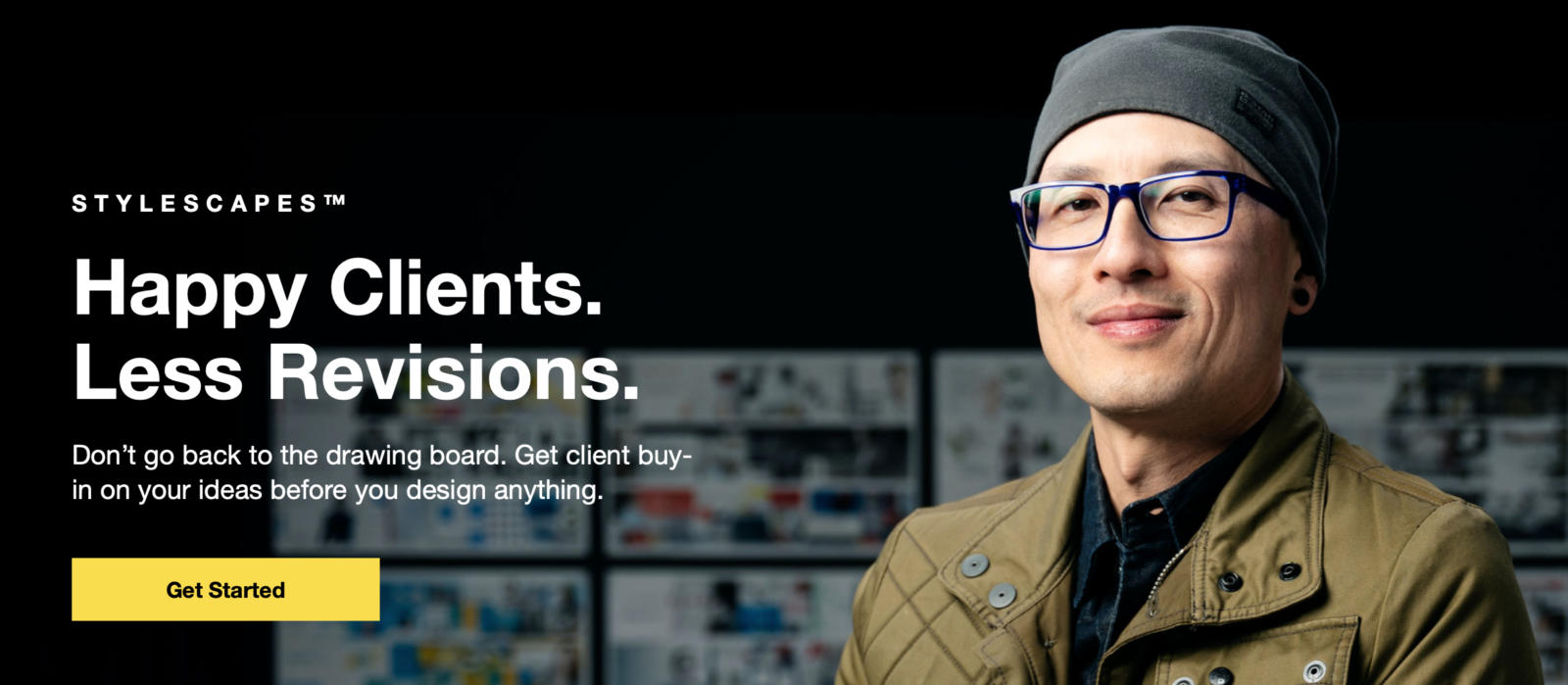
To no longer compete with designers charging almost nothing, we had to improve. You’ve got to put in the work.
2. Sticking to packages only
The Problem:
Don’t get us wrong. Having set packages got us our first clients and gave us a consistent stream of income.
But there comes a point when not every client has the same problem.
And we kept going with our one-size-fits-all design solutions because that’s what all the courses told us to do.
But as previously mentioned, that wasn’t scaling our business.
We were turning down clients because they weren’t the ideal fit for our packages because that’s what our former mentors were telling us to do.
But when you want to serve a higher level of clientele, you know what? Their unique problems aren’t the same as every other business and they expect to be treated as having a unique problem.
What We Did About It:
Once again, we looked to The Futur.
We decided that it was time to expand our offerings with customized proposals.
Yes, we still have packages on our site to easily show our work, but we go off-package most of the time.
Some clients needs business cards. Other’s need packaging. And still others may be looking for billboard design or social media graphics.
Thinking logo, business cards, and icons is so rigid.
Our new system includes a call with potential clients to see if we’re the best fit and which of our services are perfect for their needs.
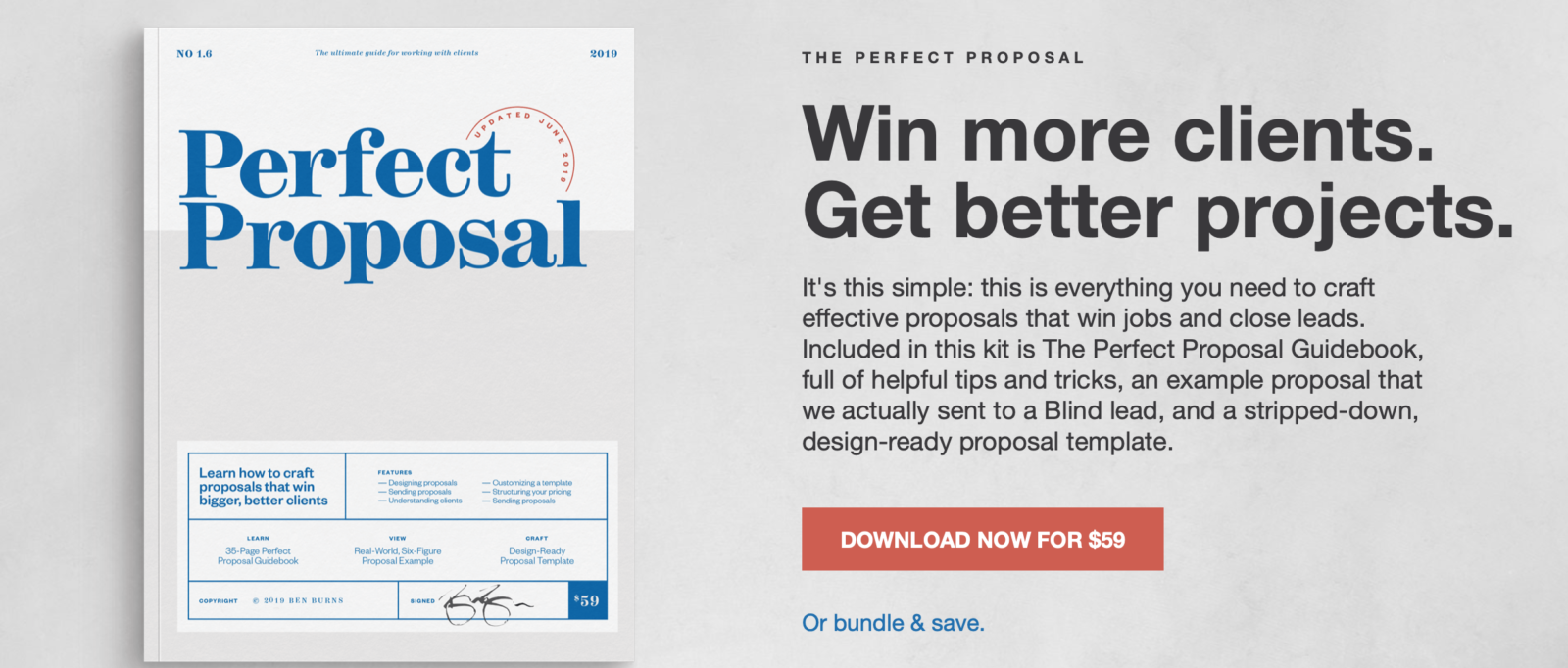
From there we took what we learned from The Futur’s proposals kit* and designed a customizable project proposal template that we update with each project.
The results after sending out our first new proposal using this method? Our first five-figure design job.
How to Apply This to Your Business:
Are you offering packages and not allowing for any customization?
Maybe each client that comes to you absolutely needs the same foundational work (ours do).
But after that are you allowing for different avenues of service to meet your clients’ individual needs.
For instance, we still start with brand strategy and then move into brand identity. Always.
But once the foundation is done, what each client needs varies.
Allow for customization of service without adding in digital products or courses is going to be the lowest hanging fruit if you’re looking to scale.
3. Not showing our work or process (the biggest “How to Scale Your Small Business” Don’t)
The Problem:
I can’t even begin to tell you how frustrating it was to not have our work on our site.
But for a year our website sat there with none of our work and very little of our process.
When I was on sales calls with potential clients I would have to explain our process and send links to a Dropbox because we had yet to put our work on the site.
Yes, we were always busy with client work, but getting clients to sign on was messy because people didn’t know what we were capable of until we got on the phone. And even then we weren’t getting the level of clientele that we wanted because premium brands weren’t giving us a second thought.
No published work on our site made us look like amateurs, even though our work is pro.
What We Did About It:
Pretty simple, but what a difference- we added our work to our new site.
We knew when we rebranded we would not launch without published work.
And the work needed to be presented in a way to showed our process as well.
We then started adding our work and process to Instagram posts and we have plans to improve our current portfolio pages into case studies using the Case Studies course from The Futur*.
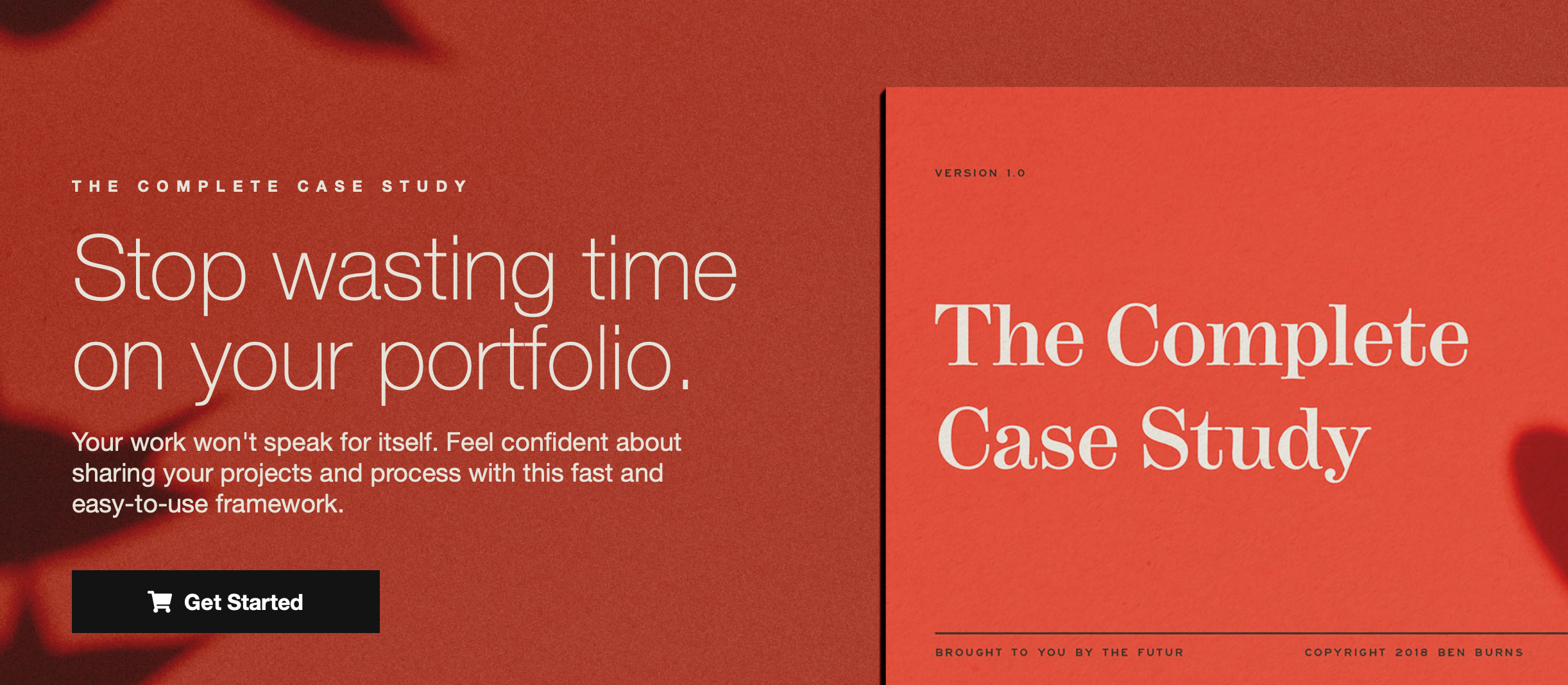
These will eventually be added to Behance as well. The point is- always keep improving the brand to improve the perceived value and level of clients you serve.
How to Apply This To Your Business:
Are you showing work on your website and on your social media?
If your work needs to be photographed, is it photographed well?
If you sell a product, is the art direction in-line with your brand strategy and identity?
Are you only publishing projects you’d like more of?
If you’re a coach or consultant that has nothing visual or tangible to show, add in case studies of how you’ve helped your clients.
And like we plan on doing, always keep improving on what you have, expanding on what’s working, and only show the types of work and clients you want more of in the future.
Not everyone can picture what you’re talking about in their head. The sooner you get quality photography, mockups, and case studies onto your site in a way that showcases your expertise and process, the better.
How to Scale a Small Business Conclusion
Were there other things holding us back? Of course, but changing these three things in our business has helped us scale in ways we couldn’t imagine. And while this isn’t everything you’ll need to know how to scale a small business, it’s a good start.
Is there anything holding you back? Do any of these apply to you? Drop us a comment and let us know how you’re going to take action and change things.
*Indicates affiliate link


